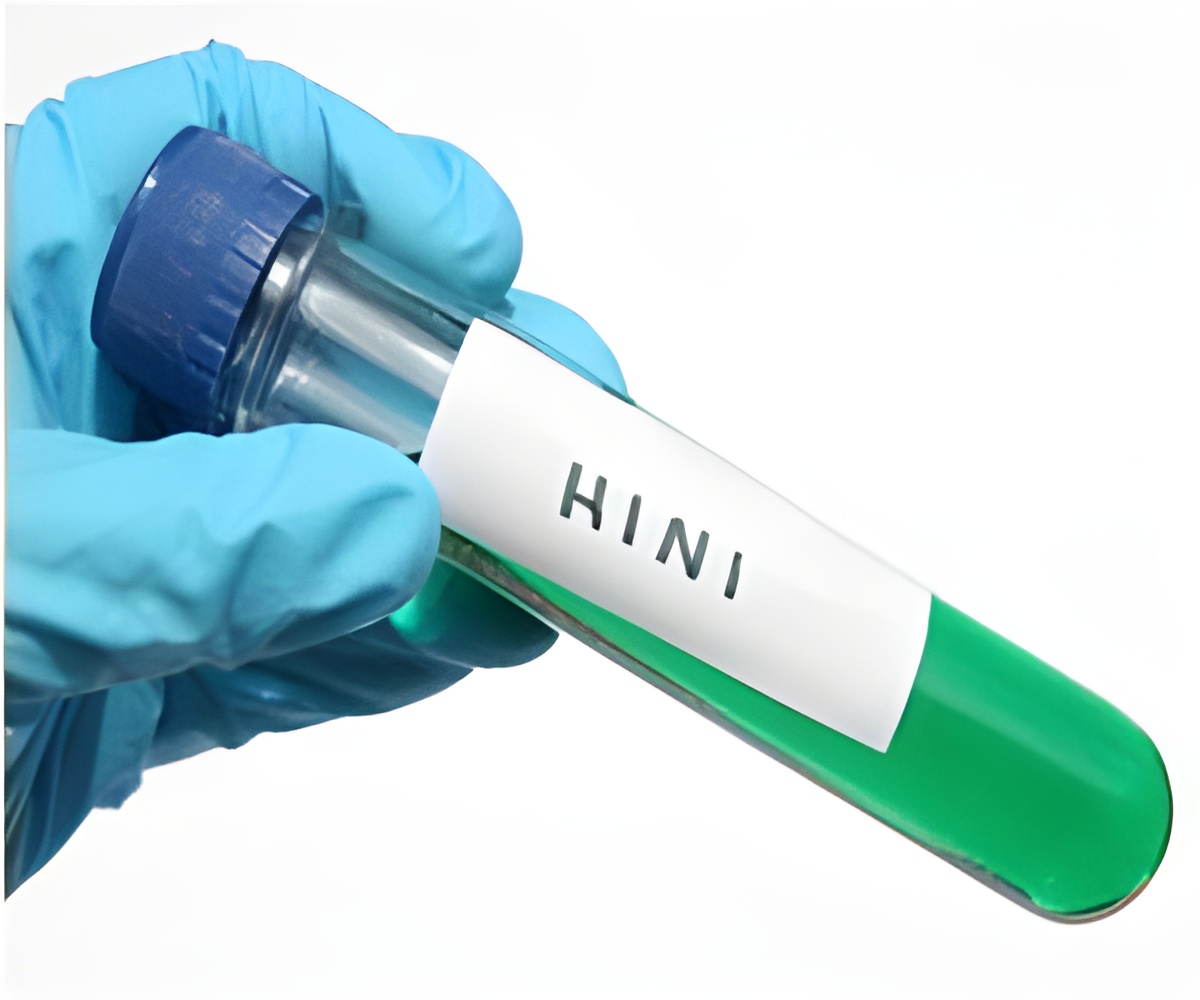A new diagnostic technique has succeeded in detecting influenza virus infection in only 40 minutes.

The human-to-human transmission of new, highly pathogenic strains of influenza virus poses today a major threat to human health and to the security of global society. With its rapid global spread, the 2009 pandemic (pdm) influenza virus reminded the world of this threat, resulting in an estimated 18,000 deaths worldwide. In Japan, infected patients over the winter season of 2009 accounted for a staggering 16% of the total population.
Tackling the challenge of such global pandemics requires new technology for rapid clinical diagnosis. To answer this need, Toshihisa Ishikawa and colleagues at the RIKEN OSC developed the RT-SmartAmp assay, a technique to rapidly detect the 2009 pdm influenza A(H1N1) virus from patient swab samples. By combining both reverse transcriptase (RT) and isothermal DNA amplification reactions in one step, the RT-SmartAmp assay does away with the need for RNA extraction and PCR reaction. The researchers adapted the RT-SmartAmp technique using a fluorescent primer to specifically detect the 2009 pdm influenza A(H1N1) virus within 40 minutes, without cross-reacting with the seasonal A(H1N1), A(H3N2), or B-type (Victoria) viruses.
The effectiveness of the RT-SmartAmp method was confirmed in clinical research carried out at Japanese hospitals during the period of October 2009 to January 2010, where it outperformed standard diagnosis tests in both speed and sensitivity. Of a total 255 clinical samples, 140 (54.9%) were identified as 2009 pdm A(H1N1)-positive by RT-SmartAmp, compared to only 110 (43.1%) detected by standard diagnostic tests. In 72.8% of all 140 infection-positive cases, the RT-SmartAmp assay detected the presence of the pdm influenza virus within 24 hours of fever onset.
Taken together, these results set a new standard for infection diagnosis speed, providing a highly-effective tool for rapidly detecting sub-types of the H5N1 virus and oseltamivir-resistant influenza viruses and promising support in the battle to prevent global pandemic infection.
Advertisement















